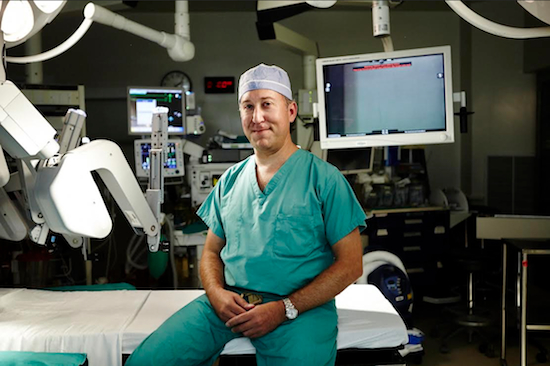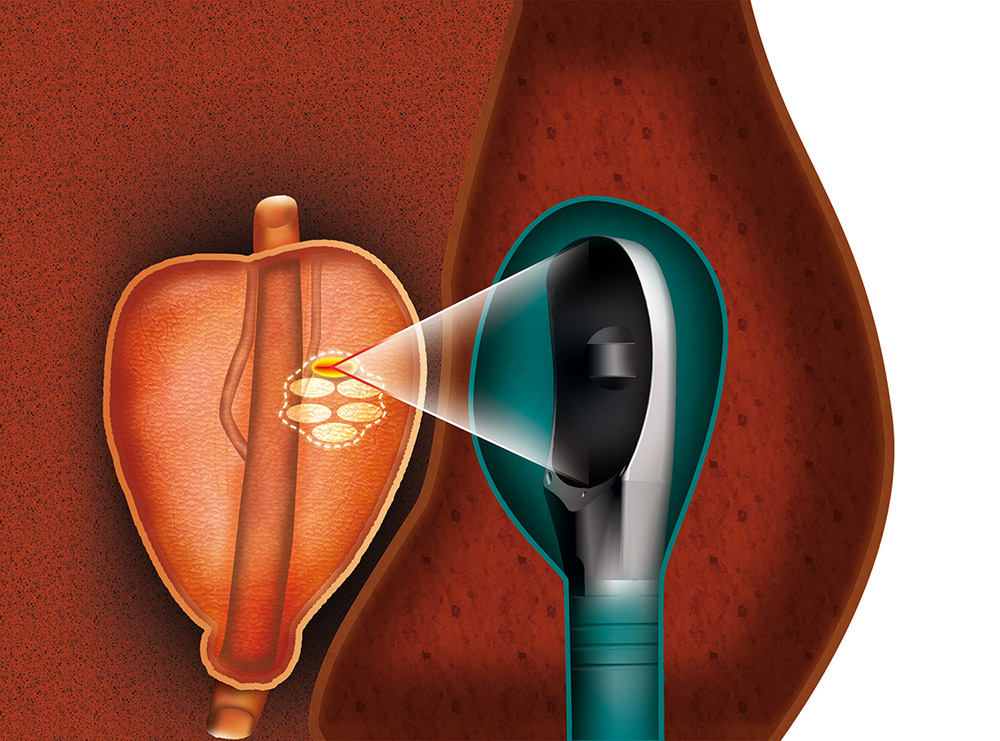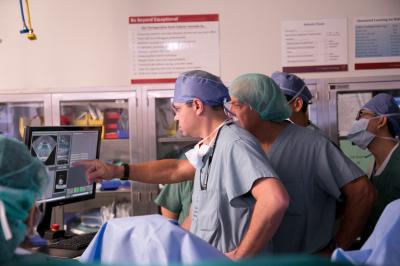Focal therapy HIFU is appropriate for patients whose prostate cancer is diagnosed at a higher grade and stage, but is still confined to the prostate. We use guided imagery to locate and destroy only the diseased portion of the prostate. It is done quickly (approximately two to three hours), in a single session at the Maimonides’ ambulatory surgery center. Patients like the ability to get in and out, with minimal exposure to the healthcare system. Focal therapy HIFU is ideal for this.
Author: Paulo Martins
Prostate Cancer webinar with St John’s Cancer Institute at Providence
Every three minutes, a man is diagnosed with prostate cancer. It is estimated that one out of nine men will be diagnosed with prostate cancer in their lifetime. That’s why it’s important to help spread awareness and learn about prostate health and protection.
High-Intensity Focused Ultrasound (HIFU) for Prostate cancer: first US study
Prostate cancer is the second-most common cancer in American men but an innovative treatment (HIFU) is helping many to maintain quality of life.
Prostate Cancer Treatment: Do your homework, know your options – Advances made in Prostate Cancer Treatments
Thanks to advances in prostate cancer treatments–and the fact that all four men were diagnosed with localized prostate cancer–they were able to take advantage of a new class of precision robotic technologies to treat only the diseased portion of their prostate.
Termed focal therapy, this precision robotic system is used for a noninvasive, bloodless procedure designed to destroy precisely targeted prostate cancer cells, using high intensity focused ultrasound waves (HIFU), while leaving the remaining healthy prostate intact. This is an exciting new alternative to more radical treatments requiring surgery or radiation to treat the entire prostate rather than focusing only on the diseased area.
Fox 8 Local TV Prostate Cancer and Treatment Options
Interview with Dr. Sean Collins on Prostate Cancer and Treatment options
Precision Technology Transforms the Way Leading Hospitals Diagnose and Treat Prostate Cancer
Used together, these devices — ExactVu™ Micro-Ultrasound (Micro-US) and Focal One Robotic HIFU (high intensity focused ultrasound) — detect even the smallest abnormalities for precisely targeted biopsies and then destroy precisely targeted prostate cancer cells. This is an exciting new alternative to more radical treatments using surgery or radiation therapy that treat the entire prostate rather than focusing on just the diseased area. As a result, the risk of life-altering side effects such as urinary incontinence and sexual dysfunction are dramatically reduced. This diagnosis and treatment protocol can replace costly MRI, and radical surgery and radiation for qualified patients, and is a game-changer with regard to men’s ability to recover quickly from these outpatient procedures and preserve their prostate.
Focal High Intensity Focused Ultrasound Effective for Treating Prostate Cancer
Short-term results of focal high intensity focused ultrasound (HIFU) ablation of the prostate suggest safety, excellent potency, and continence preservation as well as adequate short-term prostate cancer control in patients with localized prostate cancer, according to a study published in The Journal of Urology.
Innovative, minimally invasive treatment can help maintain prostate cancer patients’ quality of life
New study suggests that high-intensity focused ultrasound ablation is effective against prostate cancer with decreased side effects and improved recovery time








